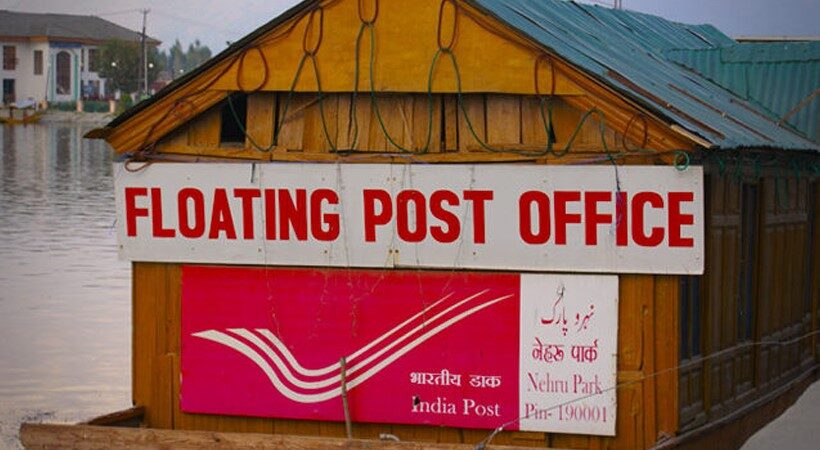During the era of digital technologies, smartphones, and e-mails, it is really silly to eagerly await a letter via the postman. There was a time when Indians treasured their relationship with post offices until the arrival of advanced technologies into our lives.
India for the first time got its postal services in the 18th century when the then Governor-general of British India, Warren Hastings established the postal service for the public in 1774 in Kolkata. India became the first country in Asia to issue postage stamps from its post office in Sindh in 1854 (now in Pakistan). It was the time when those half anna stamps and mail deliveries were available through railway and seaways.
With managing over a lakh post offices, India has become the world’s largest postal network. Here are some incredibly unique post offices of India carrying rich legacies.
First Post Office, Kolkata
The East India Company opened India’s first post office in 1727, but the Calcutta GPO was established in 1774 by Warren Hastings. Although the postal services were introduced, initially they were limited to British officers who used these facilities to communicate with each other. In 1868, however, the postal services were made available to cater to the general people. The site where the GPO is now located was originally the site of the first Fort William. Designed by Walter B Granville, the building was constructed within 4 years costing Rs 6.5 lakh in those days.
Adorned with a high white domed roof, the Calcutta GPO has 220 feet tall Ionic Corinthian pillars and an in-house museum that preserves a rich collection of old artefacts and stamps. Interestingly, this GPO introduced the hand stamp postmarks (Indian Bishop Marks).
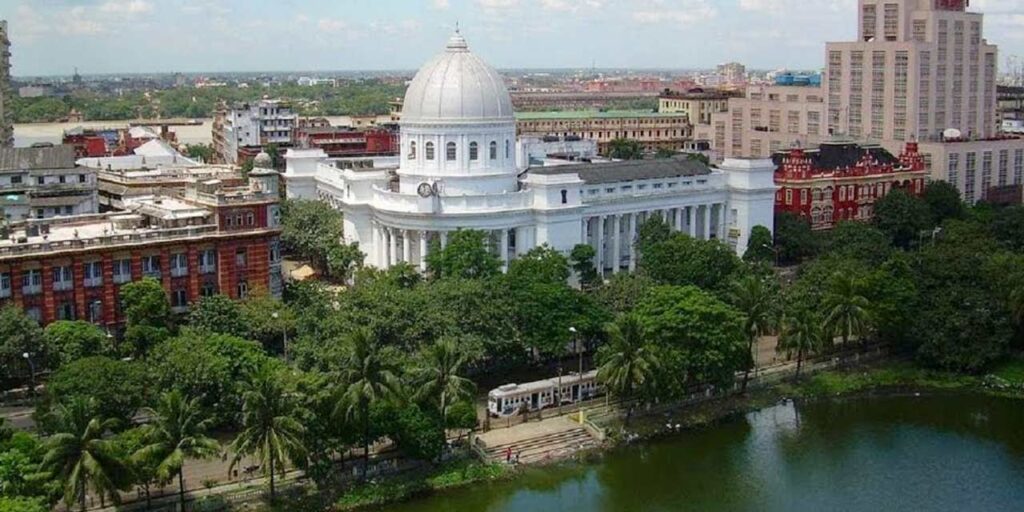
Floating Post Office, Srinagar
Located in the beautiful city of Srinagar in Kashmir, the floating post office was inaugurated in 2011 by the then Chief Minister of Jammu & Kashmir, Omar Abdullah. Floating on the water of Dal Lake, this post office caters to not only around 50,000 locals for posting letters but also the tourists at large. Besides, it also offers services like internet access and international phone calls. At a very first glance, it might look like a Shikara boat but when you look closely, you will notice the official red and yellow logo of the Indian Post Office. Initially known as Nehru Park post office, it was constructed on a handmade houseboat. The post office has a philately museum that features a huge collection of unique stamps.
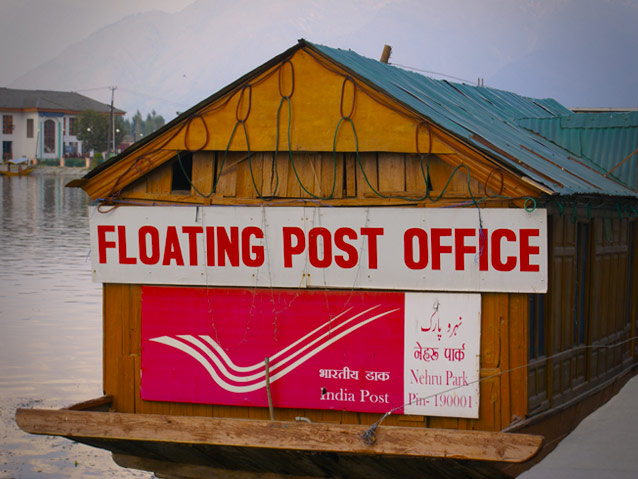
The Oldest Postal Number, Munnar
Last year, Postal Number 9 (also known as PB No. 9), a small metal postbox completed 100 years in Kerala. PB No. 9 was operational in 1920 when India was seeing a national uproar and still being used to offer service to about 50,000 staff and family members of Kannan Devan Hills Plantation Ltd at a radius of 35 km from Munnar.
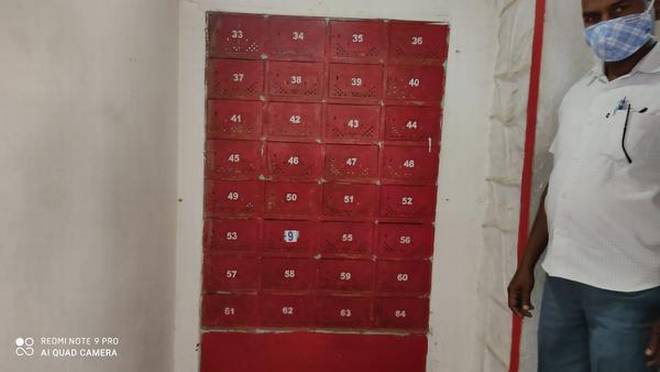
Biggest Post Office, Mumbai
Spread over 1 lakh square feet, Mumbai GPO is the biggest post office in India. It has two spacious floors, a business hall with 101 counter positions, and a central hall rising to a large dome. Although the post office was formed in 1794, the Mumbai GPO moved into the present building in April 1913. Designed by architect John Begg in 1902, the Mumbai GPO is currently delivering to 50,000 addresses.
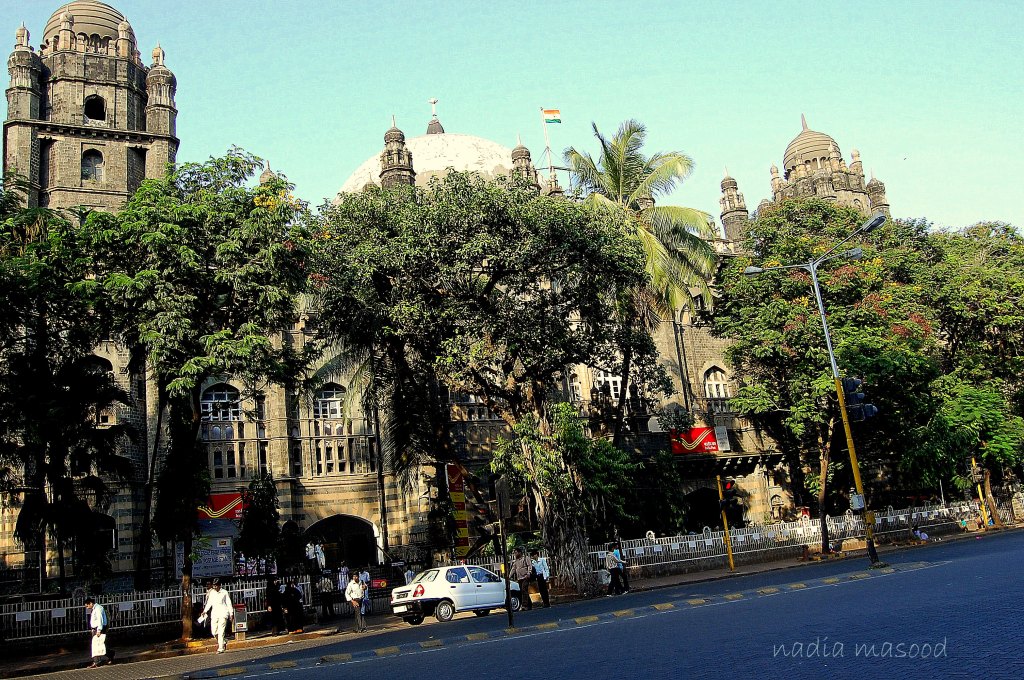
The Heritage Post Office, Nagpur
The East India Company decided to improve its existing postal services in India by expanding services to the general public. Consequently, established the 1921 GPO in Nagpur, Maharashtra. Victorian-style two-storey building with brick walls, steel columns, beams, and ribs with a pitched roof in country tiles is situated in the heart of the city. The post office offers a residence to the postmaster. Besides, the compound of the post office houses a parcel hub, a postal depot, a recreation club and a canteen.
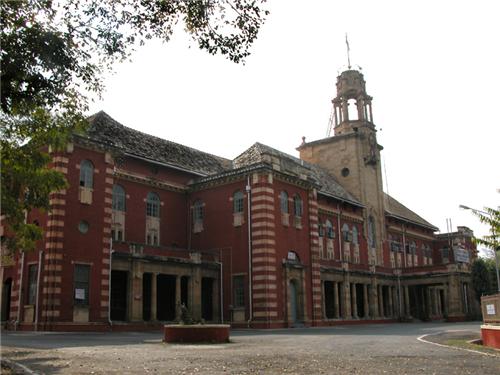
Nagpur GPO was declared a national heritage by the Government in 1994.



